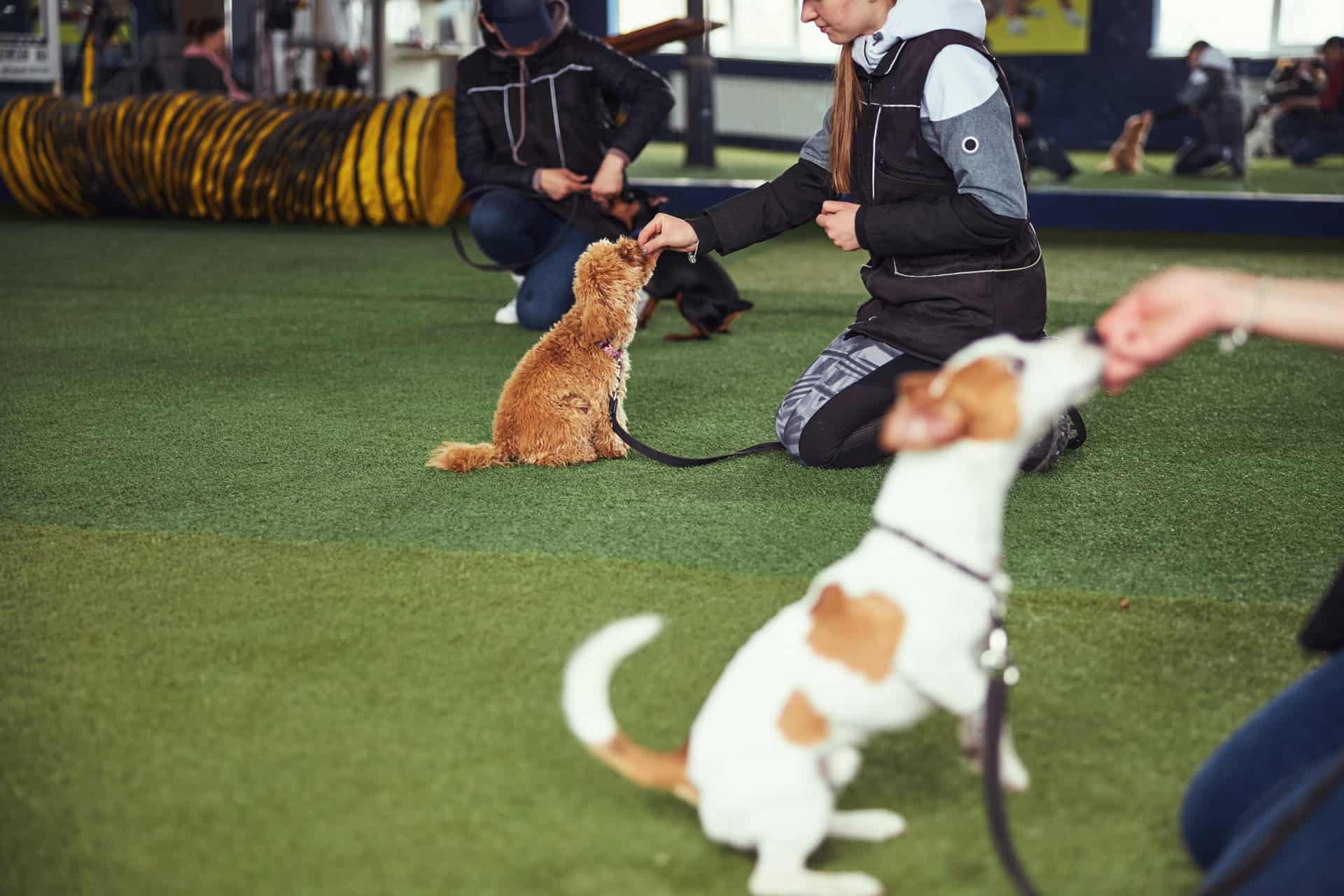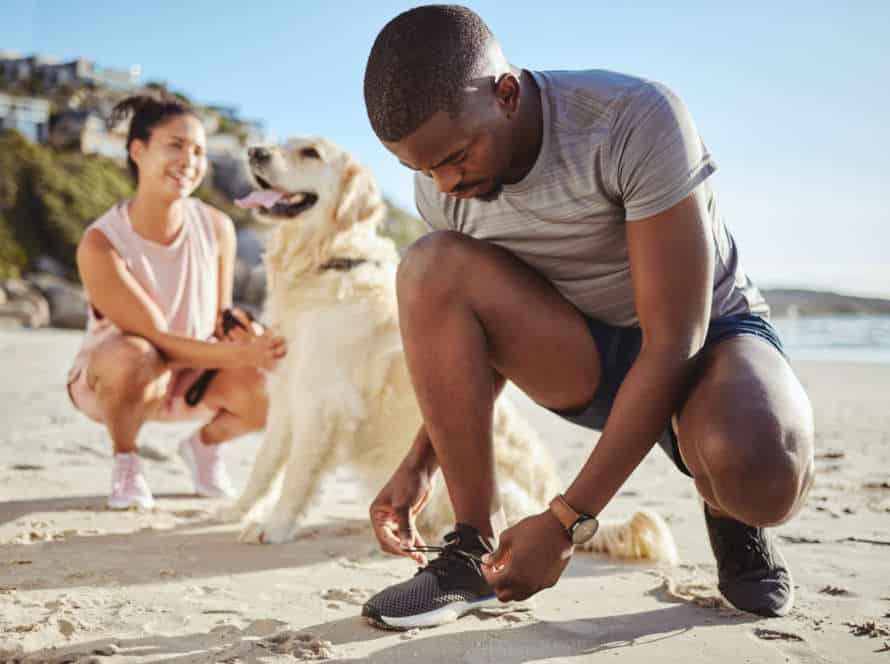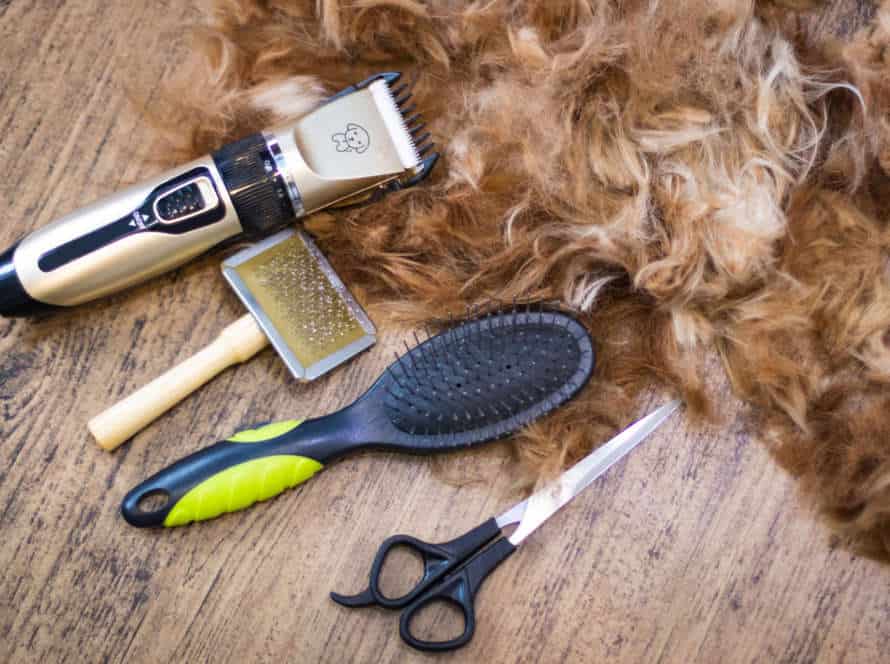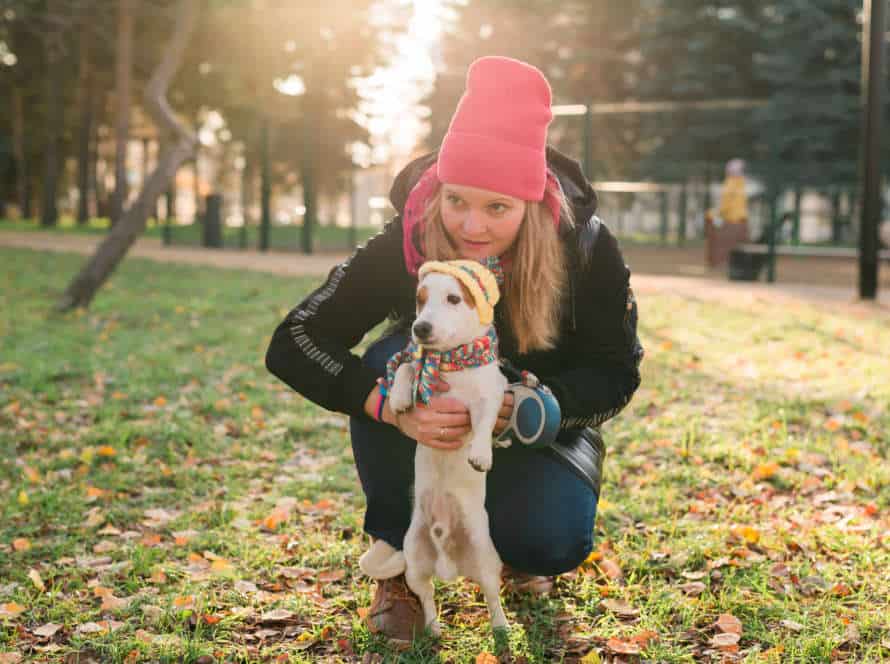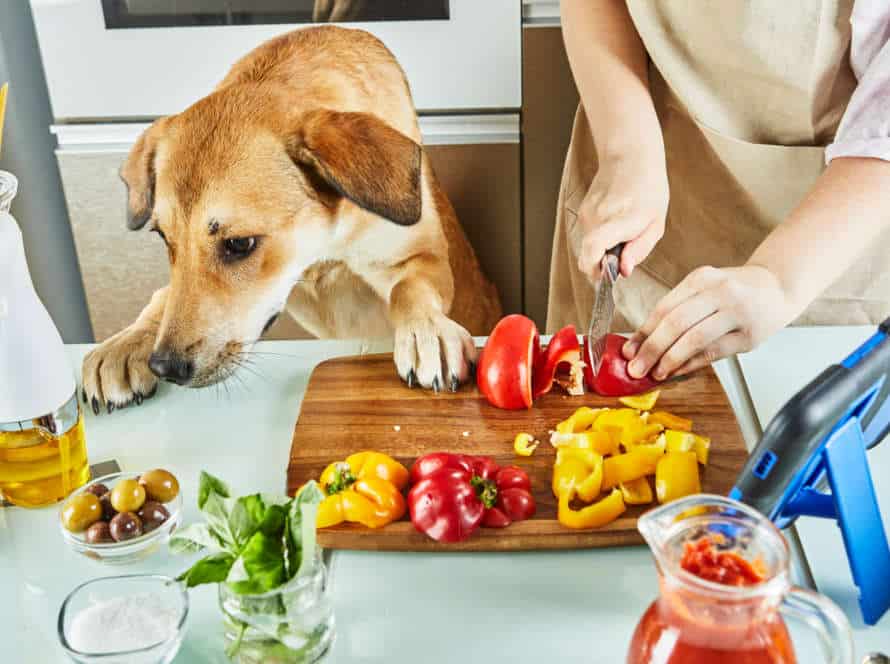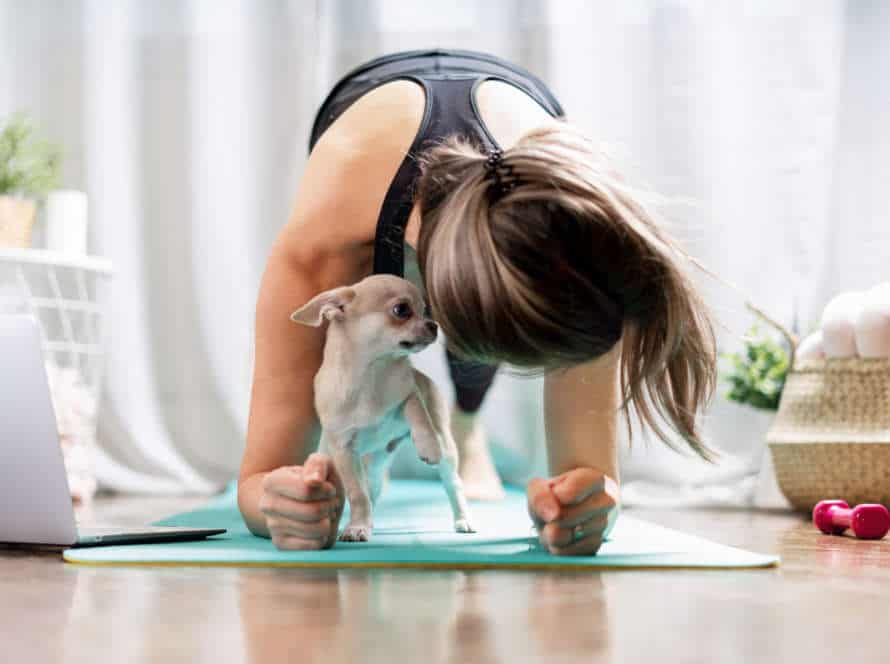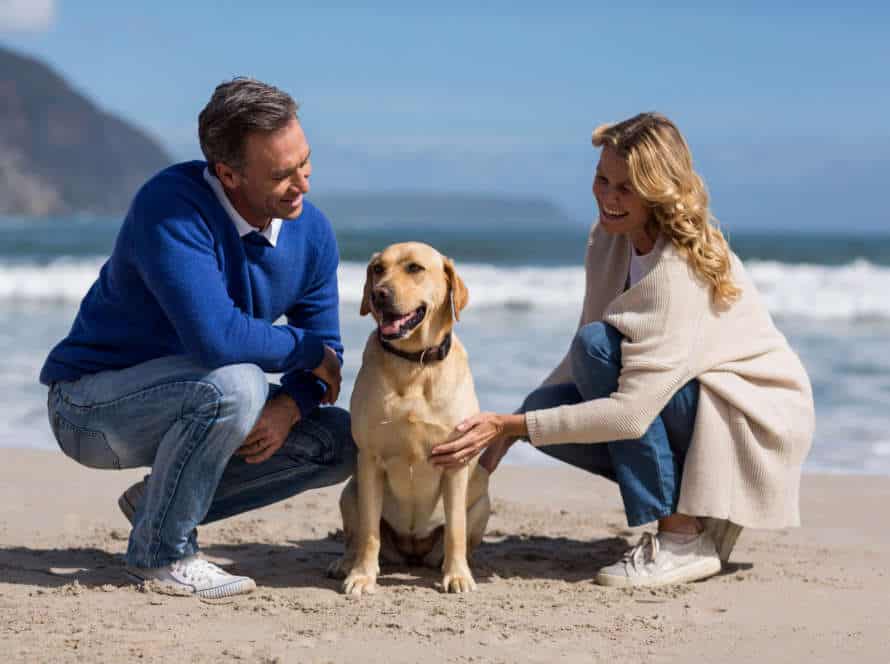Using Positive Reinforcement Training for Puppies
Training your pup can be overwhelming. But it’s necessary for their security and wellness. Thankfully, there are plenty of successful ways to assist you in guiding them and making sure they obey. An example is positive reinforcement training. Through this, you can make sure your puppy comprehends what is expected of them, plus they’ll get rewarded for behaving well. In this guide, we will discuss the different methods of positive reinforcement training, and how it can be utilized to train puppies.
Understanding positive reinforcement training methodology
Positive reinforcement is a training approach based on giving rewards for good behavior. It encourages the dog to repeat the same action in the future. Rewards like treats, toys, or other things are used to encourage and reinforce good behavior. Studies show it is an effective and humane way to train a puppy. It helps build a strong bond between the pet and its owner. The pup learns that their actions bring rewards, so they learn quickly and effectively. To get the best results, make sure the rewards are of high value to the puppy and given quickly to reinforce the desired behavior.
Benefits of using positive reinforcement training
Positive reinforcement training is a great way to teach puppies. It’s anxiety-free and involves rewarding the behaviors you want, instead of punishing those you don’t. Here are some advantages:
- Strengthens Relationships: This type of training helps foster confidence and trust between pup and owner. It makes a strong connection between them, and the puppy sees the owner as a source of positive experiences.
- Keeps Dogs Happy: This method helps give your pup a happy and healthy life. Punishment-based training can cause fear and anxiety, with long-term effects on their mental and emotional wellbeing.
- Better Results Quickly: Positive reinforcement gives better results than punishment-based training. By rewarding the desired behavior, you make a positive environment where the puppy does the behavior to get a treat or praise.
Pro Tip: Be patient and consistent for best results when using positive reinforcement for your pup.
Common myths about using positive reinforcement training
Are there myths about positive reinforcement training for puppies? Yes, and they can be bad for the training process. Here are some myths, and the facts to help you understand positive reinforcement training:
- Myth 1: If you use positive reinforcement, puppies do whatever they want.
Fact: Positive reinforcement is about reinforcing good behavior. You still don’t let the puppy misbehave. - Myth 2: It takes too long to see results with positive reinforcement.
Fact: It’s one of the most effective methods. Puppies learn and retain the behavior for the long term. - Myth 3: It’s only useful for basic commands.
Fact: It can teach complex behaviors such as agility and service dog training. It also helps change negative behaviors into positive ones.
The Basics of Positive Reinforcement Training
Positive reinforcement training is popular for pups and doggies of all ages! Reward desirable behaviors and ignore or change up the undesired. It’s based on the idea of rewarding what you like to see again. This guide covers the basics of positive reinforcement for puppies, and how to use it best for training.
Selecting the Right Rewards
Selecting the right rewards is super important when you’re training puppies with positive reinforcement. Doing it correctly can make training more effective and help build a strong bond. Here’s some tips:
- Choose treats that are yummy and easy to chew. Soft, smelly treats like chicken or cheese usually work best.
- Use toys and playtime as rewards, especially for puppies with lots of energy. Fetch or tug-of-war can be just as good as a treat.
- Pay attention to your puppy’s likes. Some may prefer verbal praise or petting, others treats or play.
- The key is to use rewards that matter to your puppy, and deliver them consistently.
Timing of Rewarding Behaviors
Timing is key for successful puppy positive reinforcement training. To effectively reward good behavior, you must reward at the correct time. Here are some tips to help you:
- Reward behavior quickly. Give treats or praise your pup as soon as they show desired behavior. This lets them know the behavior gets reward.
- Slowly delay reward. Over time, delay the reward to help pup persist with the behavior when reward isn’t immediate.
- Avoid punishing bad behavior. Punishing after the fact only confuses and discourages pup. Instead, focus on reinforcing good behavior to turn it into a habit.
Positive reinforcement training works best when reward is timely, consistent, and valuable. So show your furry friend love, patience, and respect!
Creating a Positive Training Environment
Creating a positive training environment for your pup is essential for successful positive reinforcement. Here’s how to make it happen:
- Use Positive Reinforcement Tactics: Reward good behavior & ignore bad to create a safe, comfy atmosphere for your pup.
- Remain Calm: Dogs can detect if you’re anxious or tense. Stay cool & don’t get mad if they don’t learn quick.
- Set Achievable Targets: Focus on one trait at a time & don’t expect them to learn everything at once.
- Keep it Short: Pups have short attention spans, so keep sessions brief – max 10-15 mins. Finish off with something positive.
- Reward Your Puppy: Positive training relies on rewarding them for good behavior. Offer treats/praise when they do as told.
By following these simple positive reinforcement techniques, you can create an environment that helps your pup learn & grow.
Positive Reinforcement Training Techniques
Positive reinforcement training can help you and your pup create a strong bond! Use rewards like treats, verbal praise, and toys to teach your pup new behavior.
In this article, let’s discuss techniques to effectively train your pup with positive reinforcement.
Clicker training
Clicker training is a great way to train puppies and dogs of all ages and breeds. It’s based on classical and operant conditioning. It works by using a clicker to mark positive behaviors.
Introduce your pup to the clicker and show them the sound means a reward.
Click the clicker when they do something good, like sit, stay, or come when called.
Give them a treat, praise, or affection after the click.
Gradually phase out treats and just use the clicker and praise as rewards.
Train regularly and stay consistent, patient and positive.
Luring and Rewarding
Luring and rewarding is a great way to train your pup. Show them a treat or toy and let them sniff and/or follow it. Move the treat or toy towards the desired outcome, like holding the treat above their head to make them sit. As soon as they do the behavior, reward and praise them. Repeat this until they do the behavior on command without the lure. This technique helps puppies learn behaviors and builds a strong relationship with their owner.
Capturing behaviors for training
Capture behavior for training is a positive reinforcement way to reward puppies for showing the behaviors that are desired. Here are steps for a successful capture:
- Pick out a behavior, like sitting or lying down, that you want to encourage.
- Watch your pup for times when they do the desired behavior naturally.
- Right away give treats and praise when they show the desired behavior.
- Do the process each time your pup shows the behavior. Gradually lower the number of treats over time.
- Consistency is vital for successful behavior capturing. With patience and repeating, your pup will learn to do the wanted behavior when you command it, without needing treats.
Addressing Common Puppy Behavior Issues with Positive Reinforcement Training
Positive reinforcement is a mighty training technique! It can help puppies learn behaviors that make them a pleasure to have around. Jumping on people, barking too much, or gnawing on stuff? These puppy problems can be fixed with positive reinforcement! This guide will teach you the basics of positive reinforcement training, plus a few tips to get the most out of it.
House training
Train your pup using positive reinforcement! This will help you to address any issues, plus create a strong bond. Rewards for good behavior, like using the bathroom correctly, or following commands, are things like praise, treats and affection. Don’t punish for accidents – instead, redirect their attention.
To make this successful, you need consistency, patience, and positivity. Pro tip: Patience is key! With time and practice, your pup will learn your commands and behave in the house.
Biting and Chewing
Biting and chewing are common puppy issues. Puppies use their mouths to explore. This can include things like your belongings! But, with consistent positive reinforcement, you can control this behavior. Here are some tips to help:
- Give your puppy plenty of chew toys.
- Reward good behavior with praise and treats.
- Never use physical punishment or negative reinforcement. This can make the behavior worse.
- Reinforce good behavior and redirect bad behavior with positive reinforcement.
Jumping
Jumping is a common pup problem that can be handled with positive reinforcement training. This technique involves rewarding desirable behavior to motivate repetition. Here are some tips to stop your pup from jumping:
- Ignore the jumping when you enter a room. No attention until he stops and calms down.
- Reward your pup with treats and positive attention when he meets you without jumping.
- Teach your pup to sit and stay with positive reinforcement and reward him when he obeys.
- Be consistent. Be patient and reinforce good behavior, don’t reward bad behavior.
Positive reinforcement training will help your pup greet you and others in a calm and polite way.
Advanced Positive Reinforcement Training Techniques
Positive reinforcement? Yes! It’s one of the best training techniques for puppies. We’ll now explore more advanced methods, such as clicker training, shaping and target training. When done correctly, these techniques can help you create a strong bond with your pup. Plus, they’ll learn the behaviors you want them to know!
Shaping Behaviors with Positive Reinforcement
Positive reinforcement training is a great way to train puppies and adult dogs. You reward their desired actions with treats, praise, or toys. This encourages them to repeat the desired behavior for future rewards.
Advanced techniques include:
- Clicker training involves making a distinct sound when the dog does the desired action.
- Shaping means breaking down complex behaviors into smaller steps, and rewarding each one.
- Chaining combines multiple behaviors into a sequence and rewards the dog for completing it.
- Luring uses treats or toys to guide the dog into doing the behavior.
By using positive reinforcement, you can humanely train your puppy and shape their behavior in a rewarding way.
Chaining Behaviors Together
Chaining behaviors is an advanced technique to teach puppies or dogs complex tasks. To do this, break down the complex task into smaller, more manageable behaviors.
Train your pup to do each behavior separately using positive reinforcement.
Once each behavior is mastered, combine them in order.
Use treats and praise to reward them for doing the chaining correctly. Gradually increase difficulty as they become more proficient.
Be patient and consistent and your pup will learn to chain behaviors and perform complex tasks with ease.
Fading Treats over Time
Positive reinforcement training has an advanced technique – fading treats. It helps to train your pup without food rewards. You can do this by gradually replacing treats with verbal praise, petting, or patting.
Reduce the number of treats while increasing praise and affection. Then, reward your pup with treats occasionally instead of regularly.
Eventually, you won’t need treats at all. Just use verbal and physical praise to reinforce good behavior.
Make sure to use high-value treats. Praise your pup right after good behavior. And always stay consistent in your training. This technique, with fading treats and positive reinforcement, will help your pup remember the desired behavior over time.
Incorporating Positive Reinforcement Training into Daily Puppy Routine
Positive reinforcement training is great for bonding with your puppy! It shows them what you want them to do and rewards them for doing it. Adding positive reinforcement to your routine will create a strong relationship between you and your puppy. Training will also be much more fun for both of you!
Training on walks
Positive reinforcement is a great way to train your pup and make your bond stronger. Here’s how:
- Always carry treats on walks to reward your pup for good behavior, like walking beside you and not pulling the leash.
- Use an upbeat and encouraging voice when your pup does something right.
- Short training sessions are great during walks – like teaching your pup to sit or stay.
- Reward your pup right away to show them which action got them the treat.
With consistent positive reinforcement, your pup will learn good behavior on walks – making it a happy experience for both of you!
Training during playtime
Adding training to playtime is a great way to provide your pup with a wonderful daily routine. Positive reinforcement during playtime works well since it rewards good behavior and strengthens your relationship. Here are a few tips:
- Select a fun and interactive game or toy your pup loves.
- Use treats and praise to reward them during the game or playtime.
- Teach simple commands such as “sit,” “stay,” “come,” or “fetch” while playing.
- Keep training sessions short and make them a part of your regular playtime.
- As your pup becomes more responsive and attentive, gradually increase difficulty and length.
Incorporating positive reinforcement into your puppy’s daily routine not only trains them, but also strengthens your bond. Enjoy the time, and make sure the training is pleasant and rewarding.
Incorporating training into feeding routines.
Make mealtime training a part of your pup’s daily routine to reinforce good behaviour! Here’s how to do it:
- Get your pup on a regular feeding schedule.
- Say a command like “sit” or “wait” before you put down the food bowl, and give them praise and a treat when they obey.
- Practice obedience training during mealtimes with positive reinforcement like clicker training or treats.
- As your pup progresses, gradually make the commands harder and introduce new tricks.
By using mealtime training, you can nurture your pup’s good behaviour and build a strong bond with them. Pro tip: it’s important to be consistent and use positive reinforcement only.
Frequently Asked Questions
Q: What is positive reinforcement training for puppies?
A: Positive reinforcement training for puppies involves rewarding good behavior with treats, praise, or other incentives instead of punishing bad behavior. This method of training helps puppies learn to associate good behavior with positive outcomes and encourages them to repeat that behavior in the future.
Q: Can positive reinforcement training be used for all puppies?
A: Yes, positive reinforcement training can be used for all puppies, regardless of breed or age. It is a safe and effective training method that can help puppies learn quickly and enjoyably.
Q: How long does it take to see results from positive reinforcement training?
A: The speed at which puppies learn with positive reinforcement training can vary, depending on the individual puppy and the behavior being trained. However, most puppies will begin to show improvement within a few training sessions.
Q: Is it possible to use positive reinforcement training alongside other training methods?
A: Yes, you can use positive reinforcement training alongside other methods. Many trainers use a combination of techniques to achieve the desired behavior from their puppies.
Q: Can positive reinforcement training be used for correcting bad behavior?
A: While positive reinforcement training is primarily used to reinforce good behavior, it can also be used to correct bad behavior by redirecting the puppy’s attention to something positive. Instead of punishing the puppy for bad behavior, you can encourage good behavior by using rewards.
Q: What are some tips for effectively using positive reinforcement training for puppies?
A: Some tips for using positive reinforcement training for puppies include using small, frequent rewards, being consistent with your commands and rewards, and avoiding confusing or overwhelming the puppy with too much training at once.

